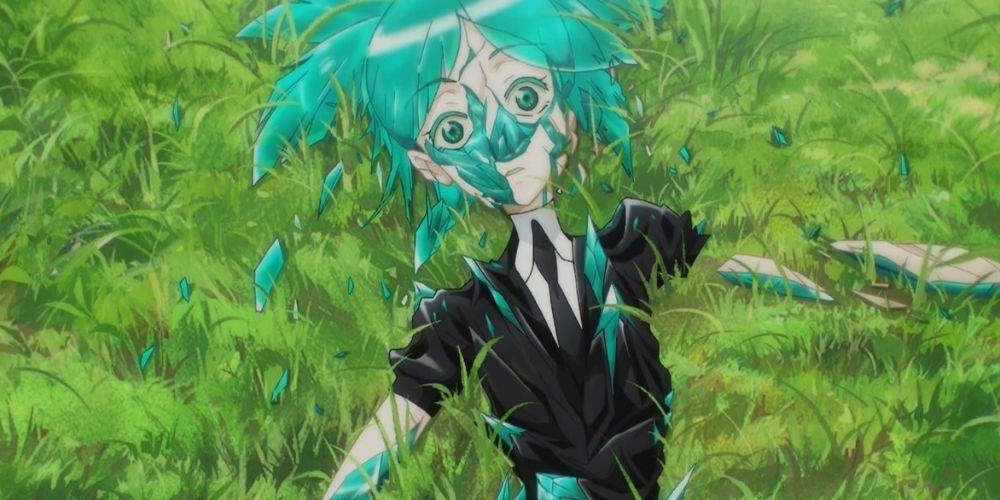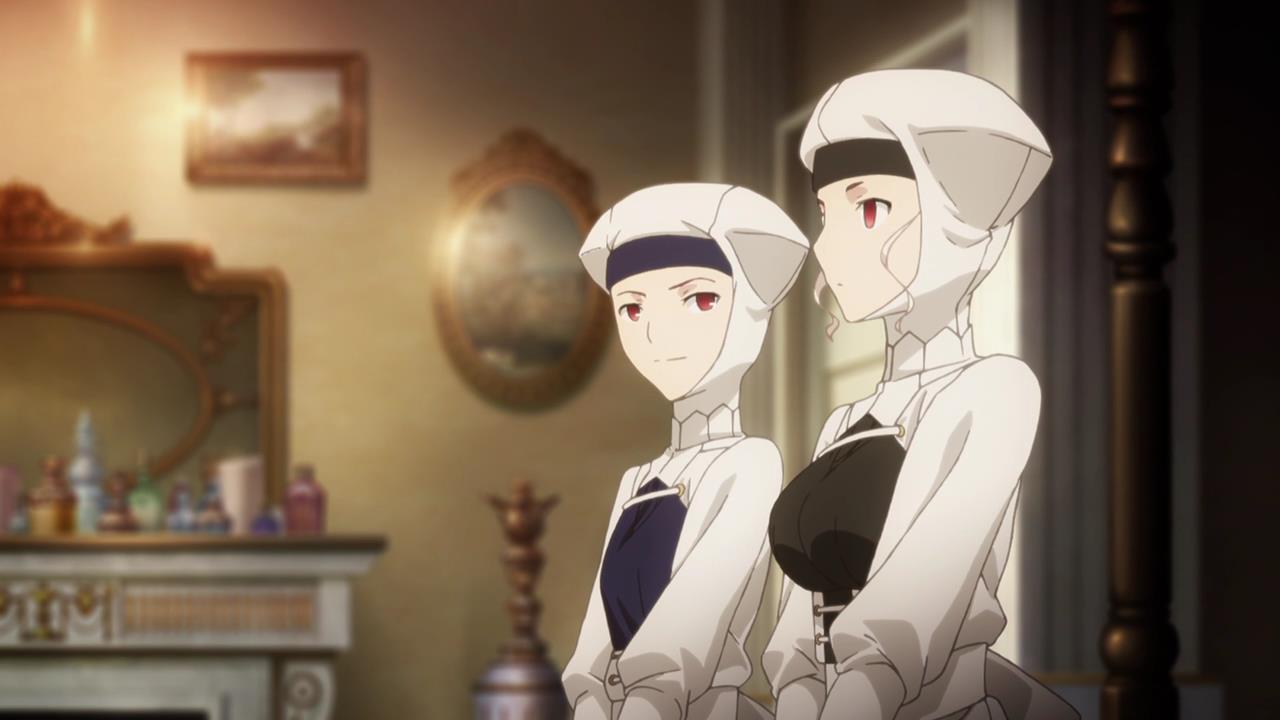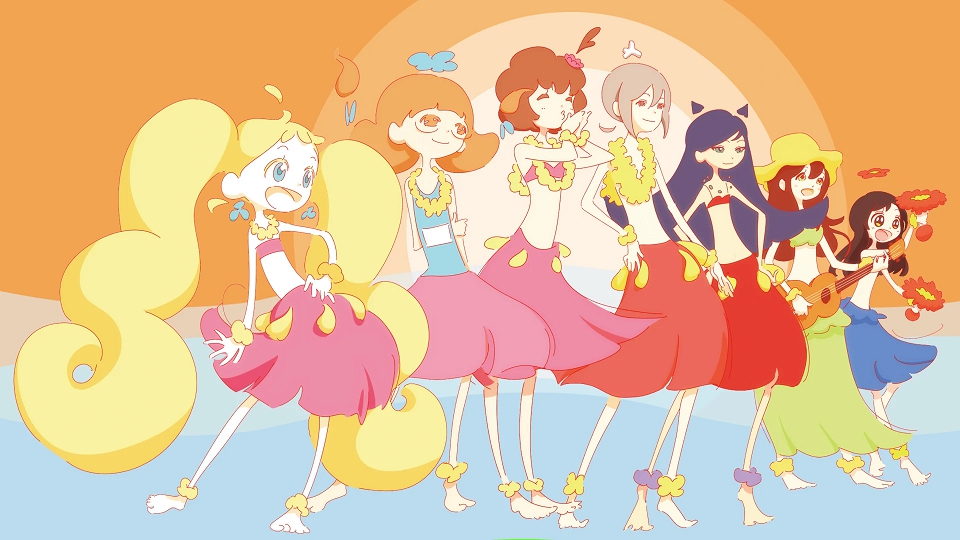Ask John: Has Commercialism Reduced the Artistic Integrity of Anime?
Question:
Do you think that the commercialization of anime has hindered its artistic integrity?
Answer:
The art form now recognized as anime has always been a commercial product. Modern anime began with Toei’s 1958 theatrical film Hakujaden. Granted, productions including 1935’s Chagama Ondo and 1943’s Momotaro no Umiwashi existed before Hakujaden, but such productions are typically deemed anime only in a historical, academic sense. Modern anime developed not as experimental art or political propaganda but rather as mainstream populist commercial entertainment. But that’s not to say that anime didn’t also exhibit artistic credibility from its earliest days. Particularly anime productions as early as Osamu Tezuka’s 1962 short film Story of A Certain Street Corner (Aru Machikado no Monogatari) and Toei’s 1963 film The Prince and the Eight Headed Dragon (Wanpaku Oji no Orochi Taiji) exhibited prominent unique artistic characteristics. Early television anime series including 1967’s Boken Gabotenjima and Skyers 5 were action/adventure cartoons intended for mainstream viewers, yet the shows incorporated highly stylized camera angles and use of lighting and shadows. Particularly the golden age of anime, roughly 1979 through 1988, coincided with Japan’s economic bubble era. Because wealthy Japanese investors and corporations were so flush with funds during that period, producers greenlit the production of bizarre, esoteric, artistic anime just because they could. As a result, the golden age produced landmark arthouse style anime including Angel’s Egg, Manie Manie Meikyu Monogatari, Twilight Q, Machikado Meruhen, Birth, Greed, Samy Missing 99, Robot Carnival, California Crisis, TO-Y, and Heart Cocktail. Moreover, the creativity flexibility of the golden age allowed individual animators to tremendously influence the entire medium of animation itself. Skilled pencilers including Hayao Miyazaki, Yoshinori Kanada, and Ichiro Itano rose to prominence and influence in the 1980s. And the design aesthetic of golden age anime is still beloved today because that design aesthetic frequently emphasized meticulous hand-drawn detail. Look at the landscape impact effects in Birth (1984), the tremendous texture of the Macross cruiser in the 1984 Macross motion picture, the climactic destruction of Tokyo in Megazone 23 Part II (1986) for examples of the extraordinary visual detail commonplace in 80’s anime.
In the current 2020 decade, a single quarterly Japanese broadcast season carries more anime television series than all of the anime releases from any given year of the 1980s or even 90s. Moreover, hand painted animation and frames of animation assembled by analog photography are now extinct practices. The corporate and commercial aspects of anime are stronger now than ever before. The priority on profit potential has fundamentally altered the predominant structure of anime. Too see an obvious example, select a handful of random anime from the 1990s or earlier. On average, count how many seconds or how many shots pass in the beginning of a given episode before a prominent character appears on screen. Countless anime from the 1990s and earlier began with a montage of establishing shots to introduce the setting and tone before focusing on a specific character. Most 2000’s era anime prioritize getting a character on screen as rapidly as possible. While an 80’s anime may go 30 seconds before showing a character, 2020 era anime may cut to a primary character within three seconds of the episode beginning. (Non Non Biyori is one of the few contemporary exceptions that still uses lengthy establishing montages to begin episodes.) Moreover, as characters open more doors to character merchandising, the size of anime series casts has rapidly blossomed during the 2000s. Select anime have long featured large casts, including Urusei Yatsura, Gundam, and Legend of the Galactic Heroes. But today even small titles and series focused on a solitary protagonist still end up jam packing in as many side and supporting characters as possible. An egregious example is Fate/stay night’s Illya von Einzbern’s two maids Leysritt & Sella becoming popular enough to support their own spin-off video game.
Saying that commercialization and hyper commodification hasn’t compromised the artistic integrity of anime would be incorrect. Yes, evolution in production methods, the need for speedy production, producer and publisher demands for commercially opportune works, and even the tastes and desires of audiences have influenced the typical aesthetic and style of contemporary anime. But the very reason anime is more popular globally today than ever before is largely because anime does still express an appreciable amount of artistic credibility. That artistic credibility falls into two categories.
Even the most cliché and derivative contemporary anime still find avid viewers because these shows copy what works. Arguing that all isekai anime are similar is a valid assertion, but even the weakest, most unoriginal isekai anime still default to tried & true working literary tropes. They still have consistent characterizations; they remember to (mostly) utilize themes; they understand that the audience craves action, development, spectacle, immersion. Even the weakest contemporary anime remember that their raison d’être is to deliver fictional creative entertainment to the audience. Moreover, anime still has plenty of art within its art. Occasionally very mainstream and popular productions such as Boruto, the Fate series, Kimetsu no Yaiba, and Pretty Cure will include an exceptionally fluidly animated action sequence that clearly received extra time and effort to produce. Even occasionally unexpected productions surprise viewers. For example, Princess Connect Re:Dive 2nd season features breathtaking scenes of spectacular visuals combined with lush, epic animation quality. And the fifth daily episode of Onipan features its (somewhat) famous parkour sequence.
Furthermore, the anime production industry continues to regularly turn out especially unique arthouse style fare, for example from recent years: Wonder Egg Priority, Artiswitch, Heike Monogatari, Pop Team Epic, and Totsukuni no Shoujo. And 2020 decade productions including Mars Red, Joran: Princess of Snow and Blood, Heion Sedai no Idaten-tachi, Deji Meets Girl, Eizouken ni wa Te wo Dasuna, Hulaing Babies, and Akudama Drive don’t register as arthouse style productions yet still exhibit enough stylistic individuality to quality as legitimately artistic productions.
Saying that the current anime era lacks the expressive artistic credibility of previous decades is probably an overstatement. Indubitably commercialization has impacted and compromised the artistic opportunity of modern anime. But that compromise is also attributable to other factors including changes in the Japanese national economy and the changing viewership for anime. Also, it’s easy to argue that the 1980s or 90s produced a more concentrated number of highly artistic anime. But one should remember that productions including Angel’s Egg, Robot Carnival, Chocolate Panic Picture Show, and Gosenzo-sama Banbanzai from the 1980s; Ryokunohara Meikyuu, Serial Experiments Lain, Shoujo Tsubaki, and 1.001 Nights from the 1990s; and Nekojiru-sou, Mind Game, Tamala 2010, Yonimo Osoroshii Nihon Mukashibanashi, and Kuuchuu Buranko from the 2000s were released over a span of a decade. So far we’re only two-and-a-half years into the 2020 decade.




